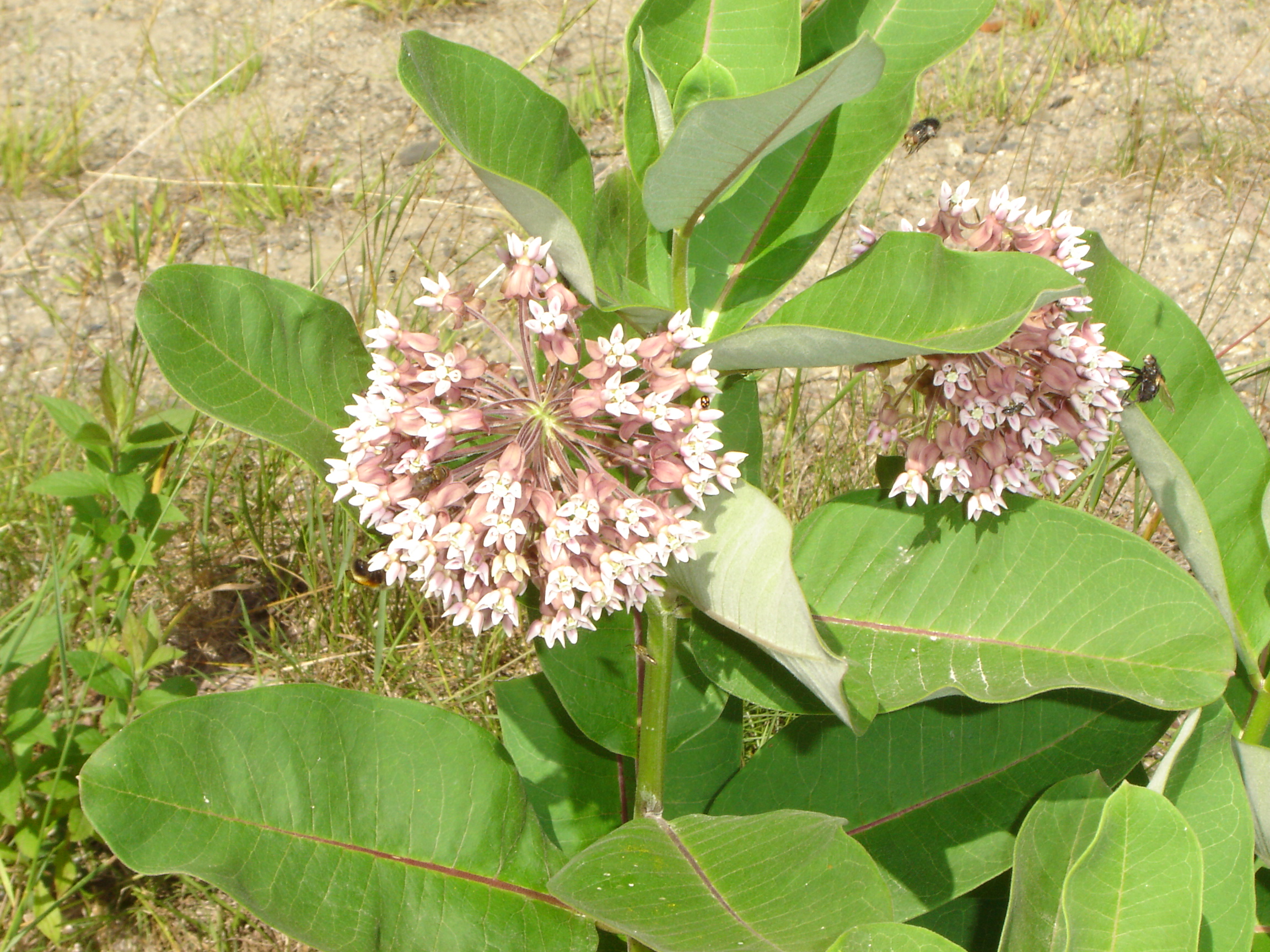Difference between revisions of "AY Honors/Edible Wild Plants/Milkweed"
(created content) |
m (1 revision: Second Attempt) |
||
| (One intermediate revision by the same user not shown) | |||
| Line 7: | Line 7: | ||
| use = The stems, shoots, leaves, flowers, and young pods are all edible after they are boiled in several changes of water. The milky sap tastes bitter and is mildly toxic, but boiling removes it completely. | | use = The stems, shoots, leaves, flowers, and young pods are all edible after they are boiled in several changes of water. The milky sap tastes bitter and is mildly toxic, but boiling removes it completely. | ||
}} | }} | ||
| + | |||
| + | [[Category:Adventist Youth Honors Answer Book|{{SUBPAGENAME}}]] | ||
Revision as of 22:06, 1 May 2012
Milkweed
Description: Common milkweed is a herbaceous perennial plant growing from a rhizome to 1-2 m tall. The stem is very hairy, and all parts of the plants produce a white latex when broken. The leaves are opposite, simple broad ovate-lanceolate, 7-25 cm long and 3-12 cm broad, usually with an undulate margin and a red-colored main vein. They have a very short petiole and a velvety underside. The flowers are grouped in several spherical umbels with numerous flowers in each umbel. The individual flowers are small, 1-2 cm diameter, perfumed, with five cornate hoods. The seeds are attached to long, white flossy hairs and encased in large pods.
Where found: Native to most of North America east of the Rockies, with the exception of the drier parts of the Prairies. It grows in sandy soils and appreciates lots of sunlight.
Availability: Spring, Summer
Use: The stems, shoots, leaves, flowers, and young pods are all edible after they are boiled in several changes of water. The milky sap tastes bitter and is mildly toxic, but boiling removes it completely.

